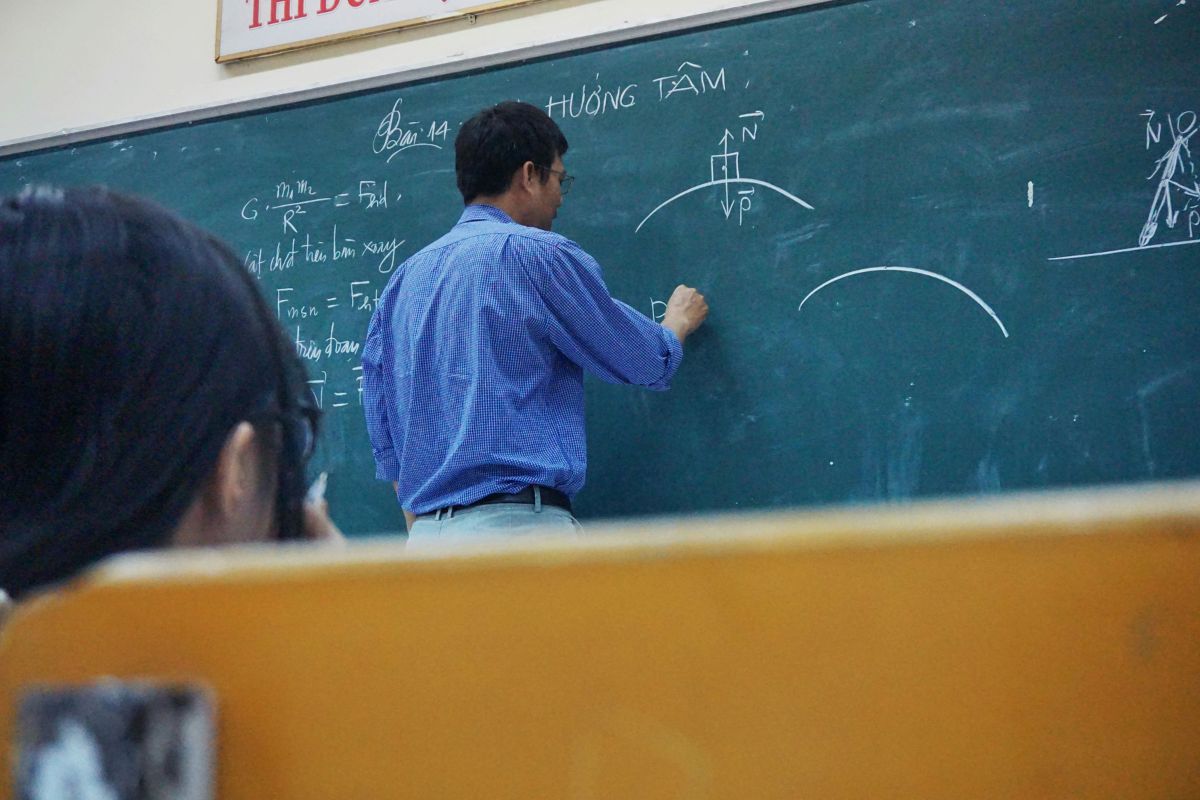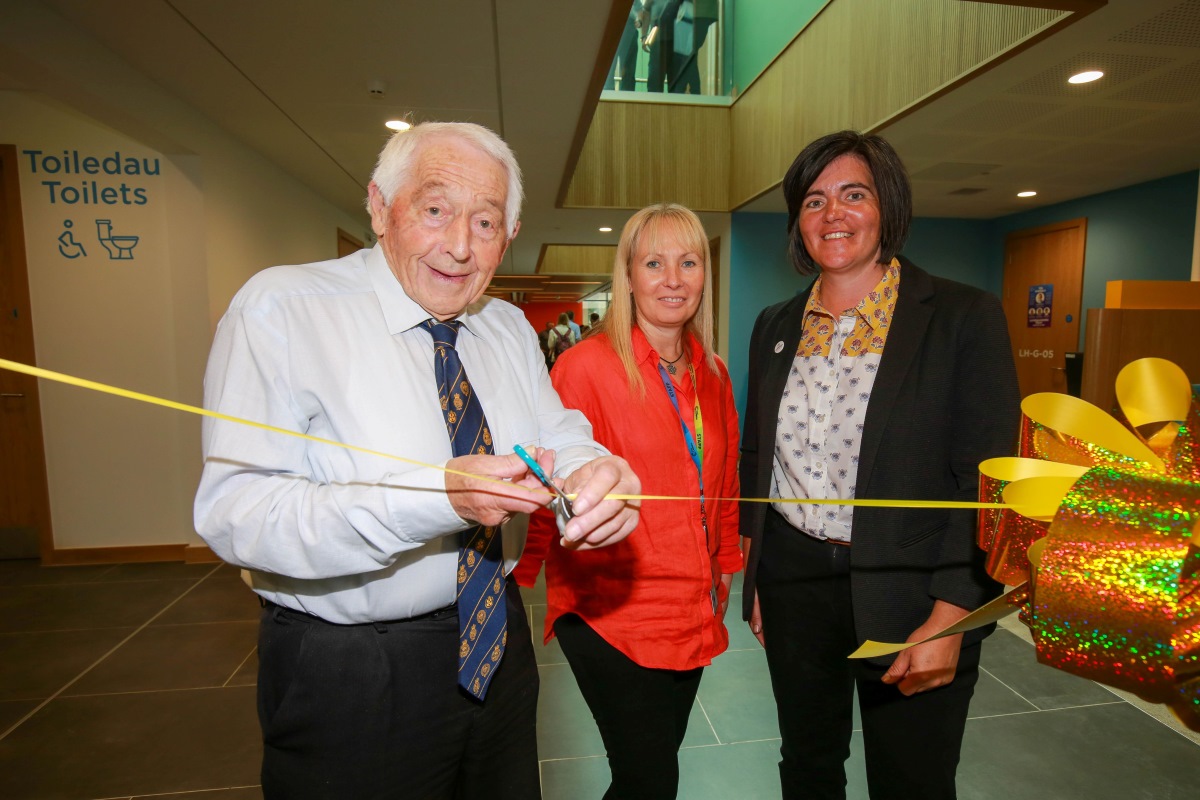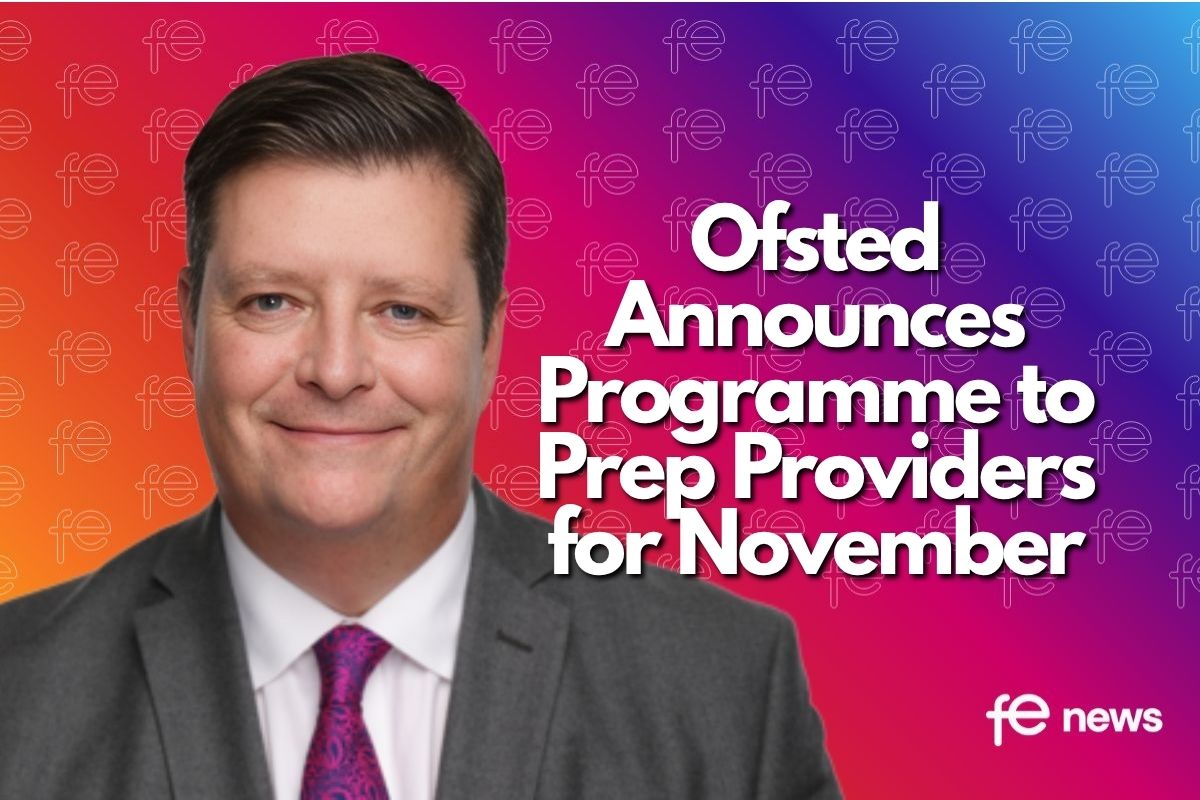2024/25 Postgraduate Initial Teacher Training Targets Released 6.1% lower than 23/24

An overall target for new teacher trainees has been set at 33,355, representing a 6.1% decrease compared to the 2023/24 Target.
To provide a sufficient supply of new teachers in 2025/26, it is estimated that 33,355 trainees are required to start postgraduate initial teacher training (PGITT) in the academic year 2024/25. This is a decrease of 2,185 (6.1%) on the 2023/24 postgraduate initial teacher training target and includes those to be recruited via the high potential initial teacher training (HPITT) programme.
- The 2024/25 target for primary PGITT trainees has increased by 220 compared to 2023/24, from 9,180 to 9,400 (a 2.4% increase). This slightly increased primary target, despite falling pupil numbers, is principally a result of less favourable retention forecasts this year.
- The 2024/25 target for secondary PGITT trainees increased by 815 across eight subjects and decreased by 3,220 across ten subjects, resulting in an overall decrease of 2,405 compared to 2023/24, from 26,360 to 23,955 (a 9.1% decrease overall). This is driven by more favourable supply forecasts. For example, recruitment forecasts for both returners and teachers who are new to the state-funded sector are more favourable for almost all subjects this year. In addition to this, whilst secondary pupil numbers are still growing, they are now growing more slowly; in advance of peaking around 2025/26. This has acted to reduce the rate at which the workforce needs to grow and has helped lead to this year’s lower secondary target.
- The 2024/25 target for PGITT secondary STEM trainees has decreased by 210 compared to 2023/24, from 9,195 to 8,985 (a 2.3% decrease).
Additional factors for target changes
Targets vary year-on-year to reflect changes in both supply and demand; different drivers may act upon targets for different subjects. For example, more favourable physics teacher retention forecasts this year have acted to reduce the physics target. By contrast, less favourable drama ITT recruitment has acted to increase this year’s drama target.
Within our model, we account for under-supply resulting from the two previous year’s ITT recruitment rounds using an adjustment to inflate our target if appropriate. As last year, the extent of this adjustment is a key factor in determining whether the underlying 2024/25 subject targets increase or decrease. This adjustment is based on a holistic assessment of teacher supply for each subject which considers ITT recruitment, other supply routes (e.g. returners) and teacher retention over the two-year period. Approximately a third of this year’s secondary PGITT target is attributable to this under-supply adjustment.
For example, the drama target increased by 50%, driven by a newly introduced under-supply adjustment, a result of less favourable forecasts for both the returner and newly qualified entrant (NQE) recruitment this year. 2023/24 was the first year since 2019/20 that drama did not exceed its target, as reported in the ITT Census.
In contrast, the geography target decreased by 36%. This is a result of a smaller under-supply adjustment this year, driven by more favourable geography NQE recruitment forecasts. The number of new entrants to geography PGITT grew from 640 in 2022/23, to 836 in 2023/24.
Many other factors influence both the targets and the under-supply adjustment, including (but not limited to): changes in teacher demand, supply forecasts for other routes into teaching which influence the need for entrants via PGITT, and both ITT completion and employment rates.
How are these recruitment targets used?
The Teacher Workforce Model is a national, stocks and flows model covering all state-funded primary and secondary schools, academies, and free schools in England. The model estimates the number of qualified teachers required for both primary and secondary subjects; and by considering the number of teachers that will leave or enter service in future, estimates the 2024/25 PGITT targets needed to supply sufficient numbers of teachers in 2025/26.
Postgraduate ITT, for which the targets are set, is one of many ways to get into teaching. Postgraduate ITT includes: postgraduate Higher Education Institution (HEI) courses, School centred ITT, School Direct (fee-funded or salaried routes), High Potential ITT, and Postgraduate Teaching Apprenticeships.
It is important to note that recruitment to postgraduate ITT in 2024/25 is not limited for any subject. Therefore, although targets for certain subjects may have decreased compared to last year, this does not necessarily mean there will be fewer trainees recruited as a consequence – recruitment can exceed targets.
Training routes that are not covered under the PGITT targets include Undergraduate HEI courses, Assessment Only (AO), and the upcoming teacher degree apprenticeship. Additionally, each year we also recruit teachers who return having previously left the state-funded teaching sector (returners), and those who were already qualified but are new to the sector. For a multitude of reasons, therefore, PGITT targets do not equate to the following years’ total new teacher entrant figures. It is important to note, that whilst these routes are not included in the ITT census publication’s reported performance against the PGITT target, the model is holistic in the way it is influenced by forecast entrant numbers from these other routes.
Sector Response
Geoff Barton, General Secretary of the Association of School and College Leaders, said:
“Postgraduate initial teacher training recruitment to secondary subjects was a disaster last year with the government missing its target by 50% – including just 17% of the required number of physics teachers. Given these circumstances, the decision to reduce the 2024/25 target for secondary postgraduate trainees – whatever the technical explanation – will be regarded with suspicion as it obviously looks like an attempt to make the recruitment figures look better. This perception will be reinforced by the fact that some of the adjustments downwards are in key shortage subjects including physics and modern foreign languages.
“Whatever the changes to targets, the fact remains that we have a critical shortage of teachers in our schools and colleges – and that the only real solution to this is for the government to improve pay and address the systemic pressures which drive workload pressures. This is not only necessary in terms of initial teacher training recruitment but in terms of staff retention which is of vital importance in improving what is a pretty desperate situation.”











In order for the government Workforce Model to be truly holistic, would it somehow have to forecast and record the ever-changing proportions of primary pupils who enter secondary schools ready to absorb knowledge, answer questions politely in class, treat homework as a serious task, etc? If a reluctance to learn (and support from parents) is getting worse, are brighter teachers going to make much difference, and do they deserve to be warned sooner rather than later about uncomfortable years ahead, i.e. slightly more job satisfaction if their qualifications are used outside education?